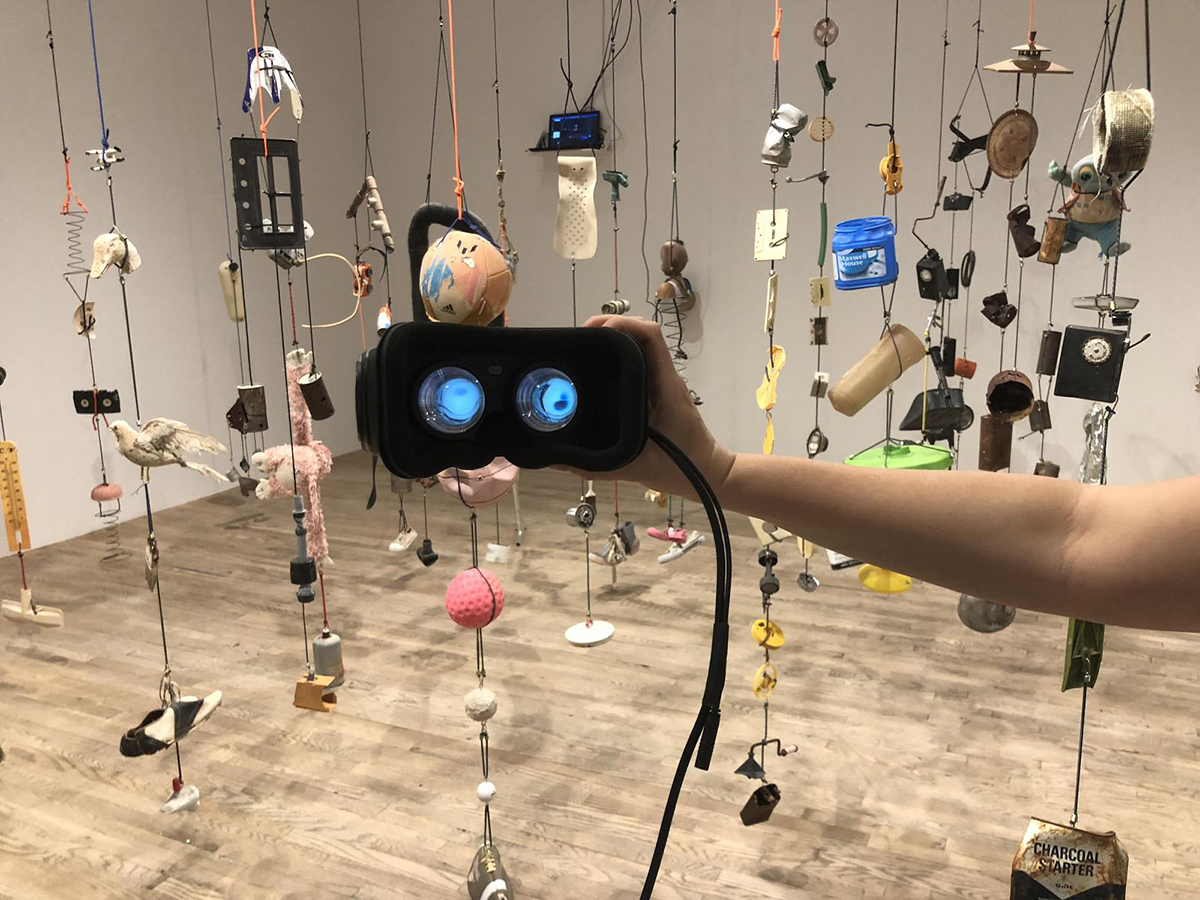
Postmasters Gallery needs help and it’s not afraid to say so.
The more than 30-year old New York gallery announced today that it has joined Patreon, the digital platform that allows creatives of all stripes—musicians, writers, artists, or content creators—to seek financial support from their fans via monthly subscriptions.
“The fact is that more experimental art, and galleries that show it, are not sustainable in the current climate,” gallery founder and director Magda Sawon told artnet News via email. “The art market is very conservative. So the no-brainer thinking on our part was to reach out to a community of supporters old and new that want spaces like Postmasters to exist.”
Postmasters supporters can choose from five different subscription levels, with perks attached: $3 a month will get your name on the gallery’s patron wall; $6 for early access information and invites; $25 for special viewings; $100 for a biannual one-hour “ask us anything” lunch or Skype meeting; and $500 for a two-hour biannual meeting.
Oskar Dawicki’s “Homage to Bruce Lee” (2011) at Postmasters Gallery’s former location in Chelsea. Courtesy of Postmasters Gallery.
“We see a new way forward with this model, one that draws strength from the collective and collectors, one that continues to develop markets for artists’ most urgent work, while providing a vibrant, independent program to an engaged global community of supporters,” the gallery writes on its Patreon page.
The Patreon model fits with Sawon’s “all are welcome”-style approach to the business. “I am a populist, I always have been,” she says. “Nobody really discusses audience—diverse people of all walks of life that come to galleries without an intent to buy art. I love these folks. They are not a nuisance. They are extraordinarily important. And so I am hoping we are important to them too.”
Collectors, however, are a different story. Today there are overwhelming “economic inequalities,” she says, and while “we undoubtedly value the support of collectors, the pool is small, and only so many people can buy and collect art.”
Asked whether she’s concerned how people might interpret the move to crowdsourcing, Sawon minces no words. “The gallery system is not healthy. The best places are shutting down. The top is thriving and everybody else is chasing less and less money and trying—via different strategies—to survive. Just like in the real world.”
How much does she expect the gallery to earn from Patreon? “I have no idea what to expect,” she says. “That never stopped me.”
Installation view of Sally Smart’s “The Choreography of Cutting (Performance)” (2016). Courtesy of Postmasters Gallery.